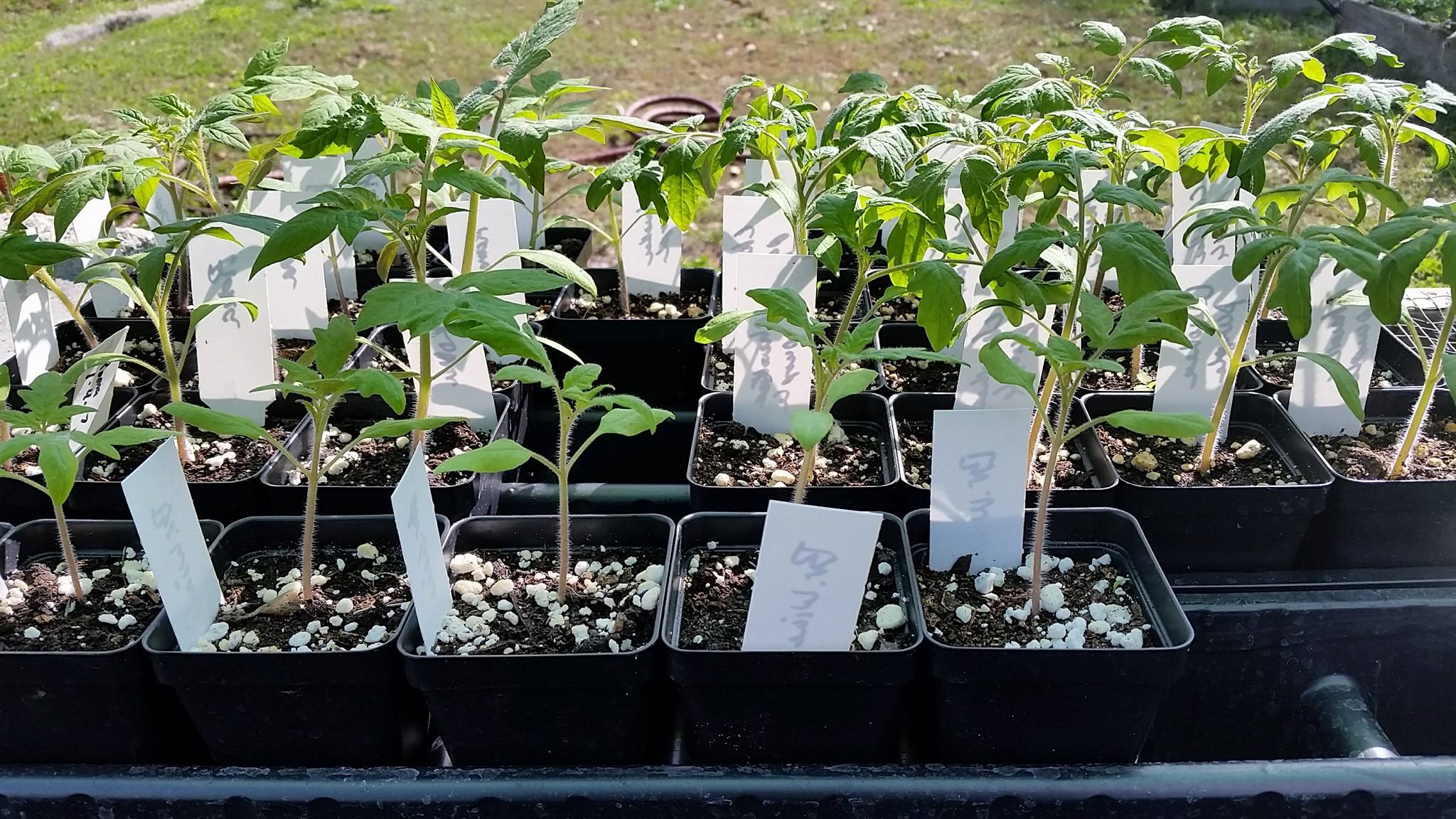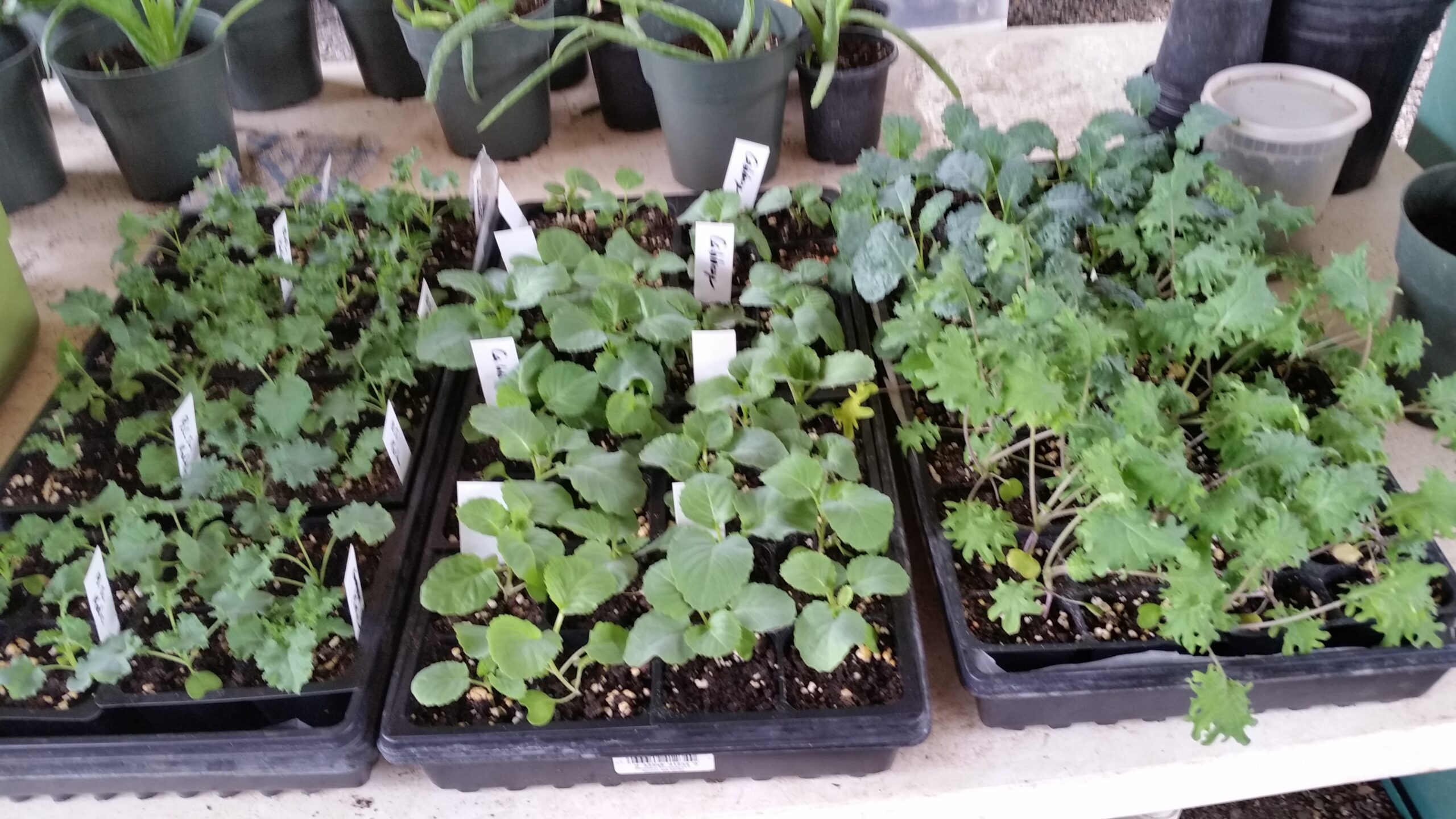Hardening off Transplants


Hardening off transplants for the garden (outside)
As your starts begin maturing, bearing their “true” leaves, we know the time is drawing near to transplant. Transplanting can be stressful for growers because it is common to lose plants to “transplant shock.” When our plants spend the first few weeks of their lives indoors or a controlled environment, and then are dropped into the ground, they can become “shocked” due to the outside elements—and sometimes they are unable to recover. The heat and cold, sunlight, wind, and rain can all damage your plants when they aren’t used to getting so much of it. That is why you must gradually expose your plants to the outside elements on a daily basis. This process is referred to as “hardening off”.
The idea of “hardening off” is to set your plants outside, preferably on a mild overcast day or in the shade, for a set amount of time each day. Some gardeners recommend setting your plants out for an hour on the first day, two hours on the second day, and so on until it is time to transplant. Upon any signs of wilting, burning, or shriveling, bring them back inside. We also recommend watering them substantially before placing them outdoors.
Knowing the hardiness of your plants will help you know when to set them outside, according to the conditions, and for how long. The hardiness level of a plant is its ability to withstand harsh conditions. Vegetables like broccoli, cabbage, and onions are very hardy and can withstand cold temperatures as low as 35 degrees Fahrenheit, even lower when the plants are older. So, that lets you know that these plants can hold their own fairly well in the cold and should be exposed gradually to warmer temperatures. A lot of gardeners and farmers actually start brassicas like broccoli and cabbage outdoors this month since they are such tenacious seeds, able to germinate and sprout during the fading cold nights. For the most part, we tend to leave the indoor starting to the more tender (aka less hardy) plants.
Tender vegetable plants include tomatoes, peppers, eggplants, watermelons, and summer squash. These plants are more susceptible to climate elements because of their high fruit-bearing function. These are the kinds of garden plants that are predominantly started indoors during late February and throughout March, (in Florida we generally start them in late Dec. or January for Feb./March transplanting.). When setting them outside, keep a close eye on them since just a bit too much heat or cold can kill the young plants. Using a grow cloth, a greenhouse dome, or a grow tray turned upside-down to shield plants from the wind, rain, and sunlight is recommended for the first few days. “Hardening off” usually takes 7 to 10 days generally, but with low-hardiness plants like tomatoes, it can take up to fourteen days.
